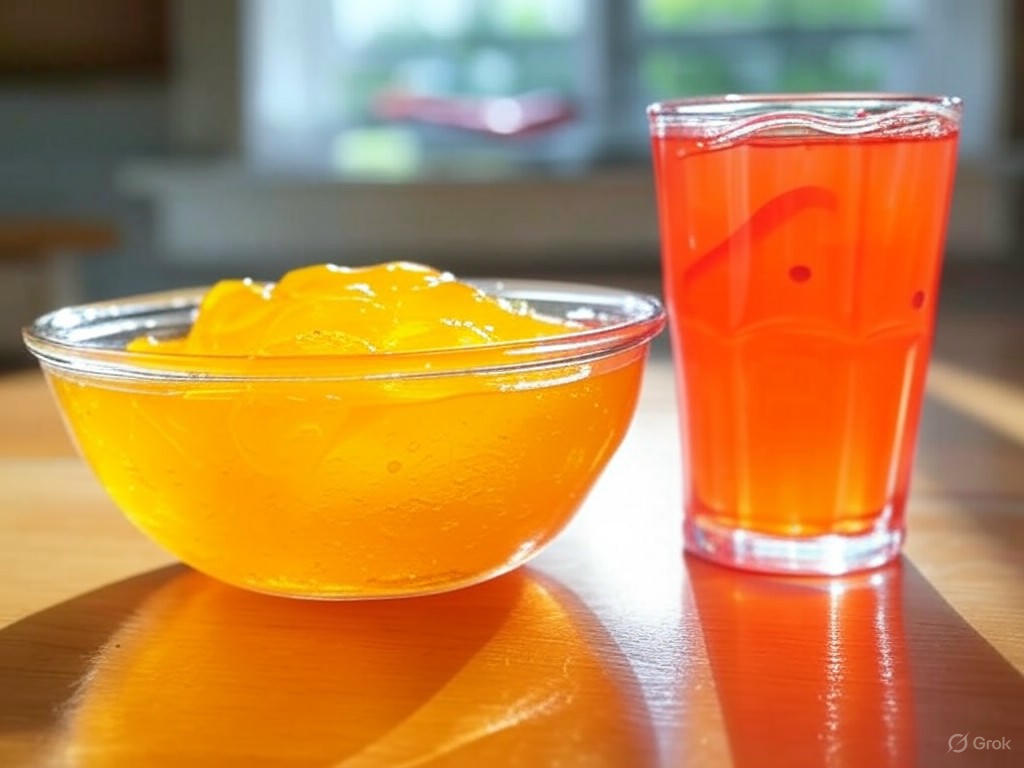Kraft Heinz Shifts Gears: Natural Colors to Replace Artificial Dyes in Iconic Products
In a bold move that signals a significant shift in the food industry, Kraft Heinz has announced plans to phase out artificial food dyes from its popular products, including Kool-Aid and Jell-O, by 2027. This decision comes as consumer demand for healthier, more natural ingredients continues to rise, alongside mounting pressure from public figures like Robert F. Kennedy Jr., who has long advocated for stricter regulations on food additives. The company aims to replace synthetic colorings with natural alternatives or adopt other innovative approaches to maintain the vibrant appeal of their products without compromising on safety or quality.
The growing backlash against artificial dyes stems from increasing concerns over their potential health impacts. Studies and consumer advocacy groups have raised questions about the long-term effects of synthetic additives, linking them to issues such as hyperactivity in children and other adverse reactions. As awareness spreads, more families are seeking transparency in food labeling and opting for products free from artificial ingredients. Kraft Heinz’s commitment to reformulating their beloved brands reflects a broader trend among major food corporations to adapt to these evolving preferences. This isn’t just a response to criticism; it’s a strategic pivot to rebuild trust and stay competitive in a market where clean eating is no longer a niche but a mainstream expectation.
Implementing this change won’t be without challenges. Artificial dyes have been a staple in processed foods for decades due to their cost-effectiveness and ability to deliver consistent, eye-catching colors. Natural alternatives, often derived from sources like turmeric, beets, or spirulina, can be more expensive and harder to stabilize across different products. However, Kraft Heinz appears determined to innovate, investing in research and development to ensure that the iconic neon hues of Kool-Aid and the shimmering gloss of Jell-O remain intact. This transition also opens the door for smaller, health-focused brands to collaborate or compete, potentially reshaping the landscape of the packaged food sector.
Beyond the technical hurdles, this move carries a symbolic weight. By aligning with the push for cleaner ingredients, Kraft Heinz is positioning itself as a leader in corporate responsibility within the food industry. It sends a message to consumers that their concerns are being heard and acted upon, potentially setting a precedent for other giants to follow suit. Critics, however, caution that such changes must be accompanied by broader nutritional improvements, not just cosmetic ones, to truly address public health concerns.
As 2027 approaches, all eyes will be on Kraft Heinz to see how this ambitious overhaul unfolds. Will the company manage to preserve the nostalgic charm of its products while meeting modern health standards? If successful, this could mark a turning point, inspiring a wave of reform across the industry and proving that even the most iconic brands can evolve with the times. For now, consumers can look forward to a future where their favorite treats might just be a little closer to nature.


